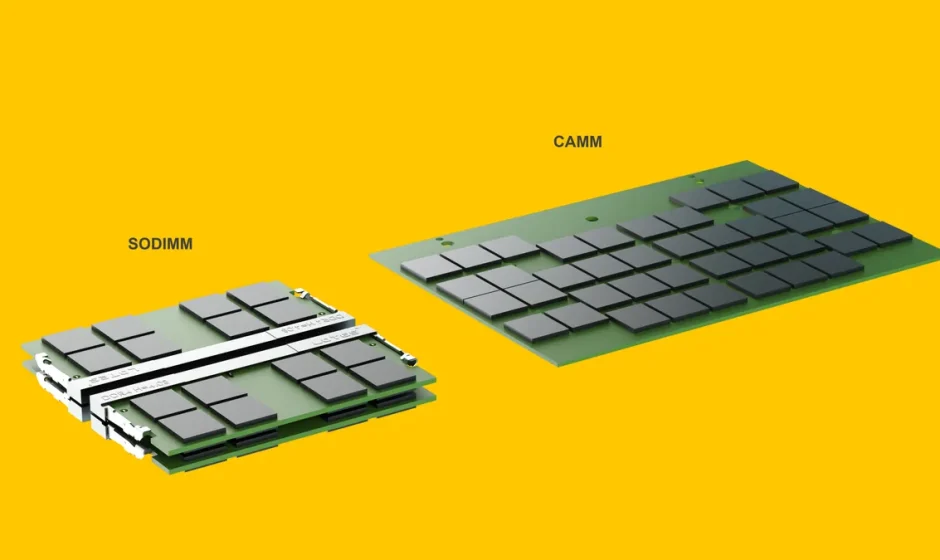A new RAM format is coming to the market but it may be a mere stopgap before the tech industry moves to on-chip system memory, à la Apple
The JEDEC Solid State Technology Association (JEDEC) has officially adopted a new RAM form factor much thinner than today’s industry standard, which could be set to give your next laptop a much-needed speed boost.
With the new standard, known as CAMM2, ratified, it’s only a matter of time before the SO-DIMM sticks we’ve come to expect in the best desktops and best laptops are replaced with CAMM2 units.
This form factor began life as proprietary technology — known as just CAMM – according to Tom’s Hardware, and was first fitted into the Dell Precision 7670 laptop. It’s 57% thinner than SO-DIMM, and Dell claims it can breach the 6,400MHz barrier that SO-DIMM DDR5 RAM was constrained to, meaning much faster clock speeds.
So long, SO-DIMM – the time for CAMM has come
Now that JEDEC has standardized CAMM, it means more companies than just Dell will be able to build it. It also means future generations of RAM are likely to adopt this shape and size, and the technology upgrade that comes with CAMM2.
While today’s best DDR5 RAM units are built using the SO-DIMM form factor, we’ll soon start seeing DDR5 and LPDDR5 units in the near future. With CAMM2, meanwhile, soldered-on memory isn’t required, which means we’ll likely see this practice phased out in future.
Beyond that, future memory units including DDR6 or the fourth-generaton of high-bandwidth memory (HBM4) RAM may well adopt CAMM2 as well once JEDEC sets specific standards for that.
Advancements in computing memory are coming thick and fast, however, and we may well end up seeing CAMM2 as a stepping-stone technology that bridges the gap between the status quo, and near-chip or even on-chip memory.
Apple, for example, has begun integrating RAM directly onto the motherboard beside its custom-built ARM processors. It’s a technology Samsung is also exploring and could pave the way for much quicker movement of data within systems. This is expected to translate into even faster speeds.




